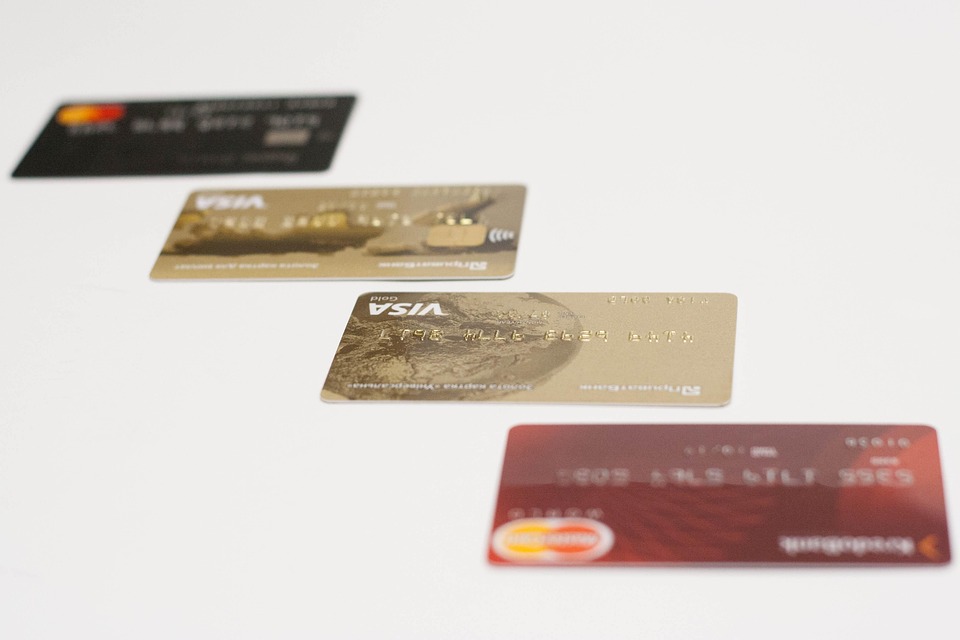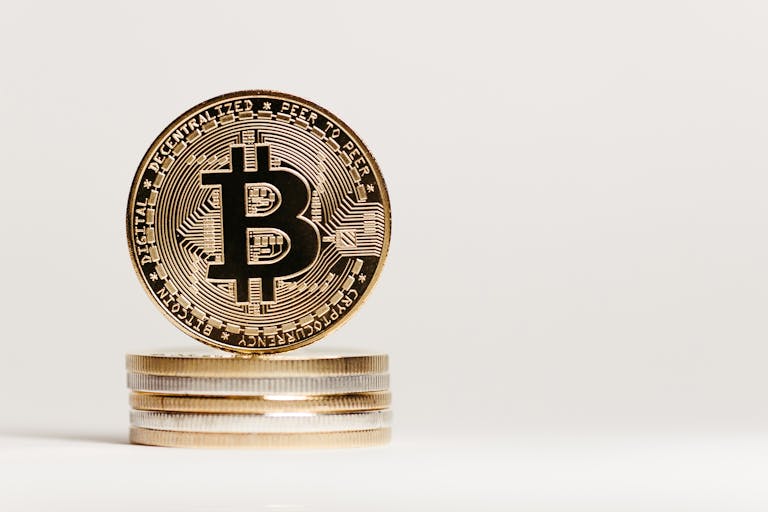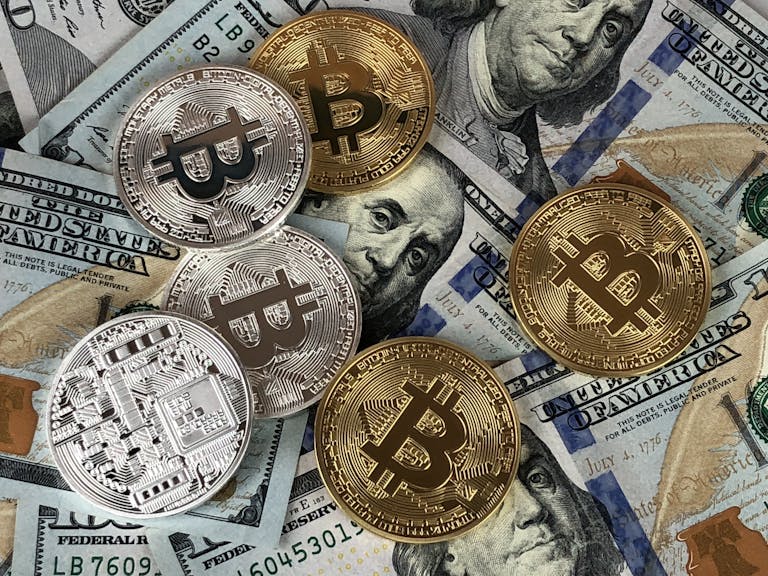How to Buy Bitcoin with a Credit Card: A Step-by-Step Guide
In today’s digital age, Bitcoin has emerged as a popular investment and payment option, offering a decentralized alternative to traditional currencies. For beginners, the process of acquiring Bitcoin can seem daunting, but buying it with a credit card is one of the most straightforward methods. This guide walks you through the steps, highlights important considerations, and offers tips to ensure a safe and informed transaction.
Understanding Bitcoin and Credit Card Purchases
Bitcoin (BTC) is a decentralized digital currency that operates on a peer-to-day network. Unlike traditional money, it is not controlled by any government or institution. Purchasing Bitcoin with a credit card allows users to convert fiat currency (like USD or EUR) into Bitcoin quickly, often with minimal paperwork. However, it’s essential to understand that this method may involve higher fees and risks compared to other payment options, such as bank transfers or debit cards.
Steps to Buy Bitcoin with a Credit Card
1. Choose a Reputable Platform
Selecting a reliable exchange is crucial. Popular platforms like Coinbase, Binance, Kraken, and KuCoin allow credit card purchases. Consider factors such as:
- Security: Look for platforms with robust encryption, two-factor authentication (2FA), and a history of secure operations.
- Fees: Compare transaction fees, which can range from 2.5% to 6% for credit card purchases.
- User Reviews: Check online reviews and forums to gauge user satisfaction and reliability.
2. Create an Account
Sign up on the chosen platform by providing your email address and creating a strong password. Some exchanges may require additional information, such as your phone number, to enable 2FA.
3. Verify Your Identity
Most platforms adhere to KYC (Know Your Customer) regulations. You’ll need to:
- Upload a government-issued ID (e.g., driver’s license or passport).
- Provide proof of address (e.g., a utility bill or bank statement).
This step ensures compliance with anti-money laundering (AML) laws and may take a few minutes to several days to complete.
4. Link Your Credit Card
Once your account is verified, navigate to the "Payment Methods" section. Enter your credit card details, including:
- Card number
- Expiration date
- CVV (security code)
- Billing address
Some platforms may require you to confirm the card via a one-time code sent to your phone or email.
5. Purchase Bitcoin
After linking your card:
- Navigate to the "Buy/Sell" section.
- Select Bitcoin (BTC) as the cryptocurrency.
- Enter the amount you wish to purchase (either in fiat currency or BTC).
- Review the exchange rate and fees, then confirm the transaction.
Note: Some platforms offer instant purchases, while others may take a few minutes to process. The Bitcoin will typically be sent to your exchange wallet immediately.
6. Secure Your Bitcoin
While some platforms allow you to store Bitcoin on their servers, it’s advisable to transfer it to a personal wallet for enhanced security:
- Hardware wallets (e.g., Ledger, Trezor) offer offline storage, making them ideal for long-term holding.
- Software wallets (e.g., Electrum, Blockchain.com) are convenient for frequent transactions but are more vulnerable to hacking.
- Mobile wallets (e.g., Coinbase Wallet) are user-friendly but should be protected with strong passwords and 2FA.
Tips for a Safe Transaction
- Enable 2FA: Add an extra layer of security by requiring a verification code from an app like Google Authenticator.
- Use Strong Passwords: Avoid common passwords and consider using a password manager.
- Avoid Public Wi-Fi: Refrain from initiating transactions on unsecured networks to prevent data breaches.
- Monitor Your Card: Keep an eye on your credit card statements for unauthorized transactions. Report any issues immediately.
Common Risks and Considerations
- High Fees: Credit card purchases often incur higher fees than other methods. Check the platform’s fee structure beforehand.
- Cash Advance Risks: Some credit card companies may classify Bitcoin purchases as cash advances, triggering fees and interest charges.
- Chargebacks: While Bitcoin transactions are irreversible, some platforms may allow chargebacks, which could lead to disputes.
- Volatility: The price of Bitcoin fluctuates rapidly. Be prepared for potential gains or losses.
Final Thoughts
Buying Bitcoin with a credit card is a convenient way to enter the cryptocurrency market, but it requires careful planning and awareness of the risks involved. By choosing a reputable platform, securing your funds, and staying informed, you can navigate this process with confidence. Always remember to research thoroughly and consider your financial goals before making any investment.
As the cryptocurrency landscape continues to evolve, staying updated on trends and regulations will help you make informed decisions. Whether you’re a first-time buyer or an experienced investor, the key to success lies in security, education, and caution.







